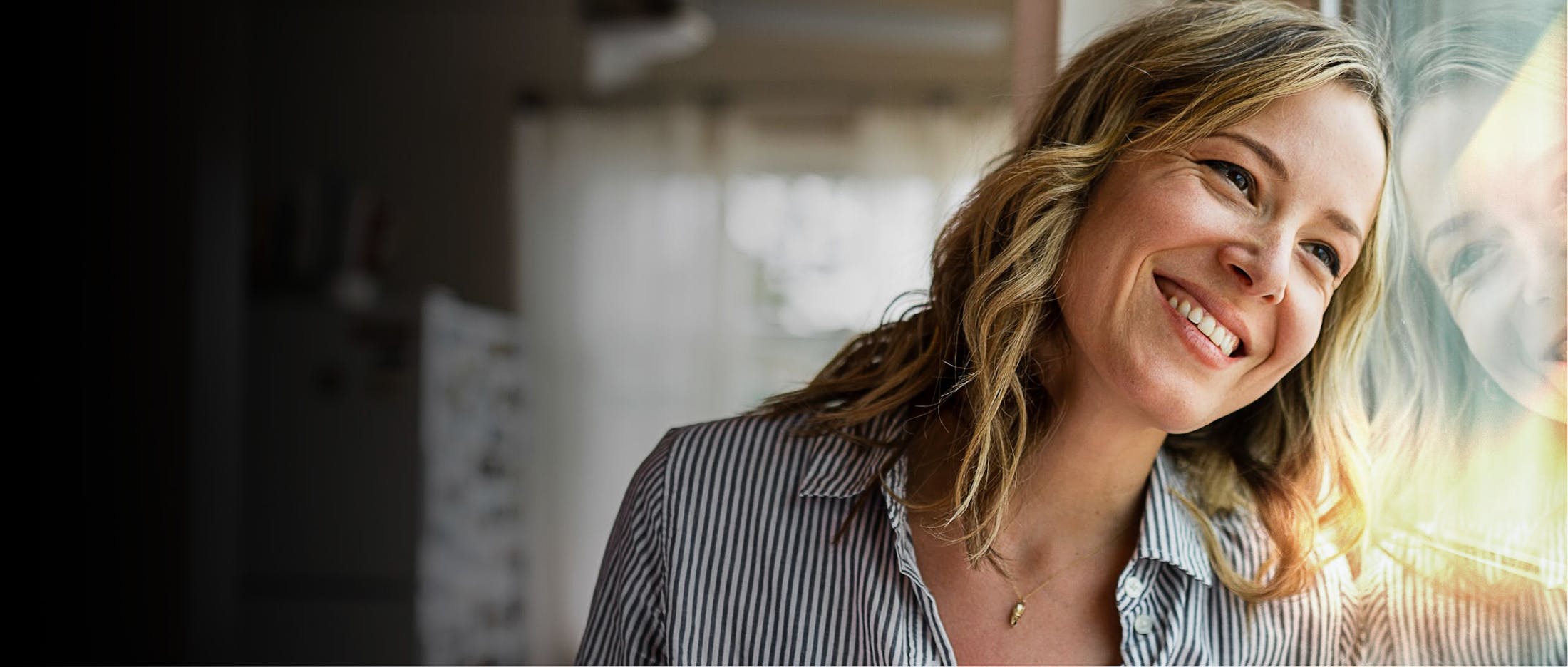
Clear night vision is essential for safe driving, yet for many, it becomes a source of stress and even danger. Halos, glare, blurred headlights, or slow adjustment to low light may signal an underlying vision problem. At Kelly Vision, Dr. James Kelly and Dr. Ashley Brissette—board-certified ophthalmologists with decades of experience—specialize in diagnosing and treating the conditions that make night driving difficult. Here’s what you need to know about common causes and when to seek care.
How Cataracts Affect Night Vision
Cataracts are one of the most frequent causes of poor night vision. As the natural lens of the eye becomes cloudy, light scatters more easily, leading to:
- Increased glare from headlights
- Halos or starbursts around lights
- Difficulty seeing in dim conditions
Advanced cataract surgery at Kelly Vision uses laser-assisted techniques to restore clarity, reducing glare and making nighttime driving significantly safer and more comfortable.
The Hidden Impact of Glaucoma on Night Driving
Glaucoma is often called the "silent thief of sight" because it damages the optic nerve gradually, sometimes without early symptoms. One of the earliest warning signs may be difficulty driving at night, with effects such as:
- Reduced peripheral vision
- Slower adaptation to darkness
- Difficulty seeing in low-contrast settings
Unlike refractive errors, night vision problems caused by glaucoma cannot be corrected with glasses. Because any vision loss is permanent, early detection is essential. Regular eye exams at Kelly Vision ensure glaucoma is diagnosed and managed before it compromises your safety.
Refractive Errors in Low Light
Common vision issues can also worsen at night, particularly in dim environments:
- Myopia (nearsightedness): Distant objects, like signs or headlights, appear blurred.
- Hyperopia (farsightedness): Focusing at close and mid-range distances becomes more difficult in low light.
- Astigmatism: Creates streaks, glare, or halos around lights, making oncoming headlights especially disruptive.
Updating your glasses or contact lens prescription can help, but for lasting solutions, Dr. Kelly and Dr. Brissette specialize in LASIK, PRK, and EVO ICL, advanced procedures that provide sharper vision and greater confidence while driving at night.
Signs It’s Time to See an Eye Doctor
If night driving has become increasingly stressful or unsafe, it’s time for a professional evaluation. Warning signs include:
- Frequent glare or halos around lights
- Blurred or double vision that worsens at night
- Difficulty reading signs or seeing lane lines in low light
- Noticeable reduction in side vision while driving
These symptoms may overlap between cataracts, glaucoma, and refractive errors, which is why expert diagnosis is critical.
Clearer Nights Ahead with Kelly Vision
At Kelly Vision, Dr. James Kelly and Dr. Ashley Brissette provide individualized, boutique-level care for patients in New York City and Long Island. With advanced expertise in cataract surgery, glaucoma management, and refractive correction, they create treatment plans tailored to each patient’s unique needs. Protect your vision and your safety on the road—schedule a consultation today and take the first step toward clearer, more confident night driving.


